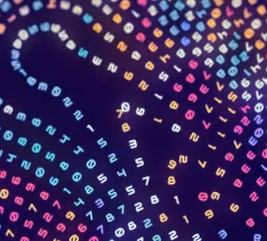@lritter Thanks, the software I'm using (Houdini) has some nice utilities.
For example, Houdini provides a "copy to points" operation which can transform arbitrary geometry onto points with attributes to control orientation, scale, etc. so it is essentially building a 4x4 matrix to transform vertices.
In a previous comment, the algorithm for building the isolines is described. I‘m guessing that the points of a line are then converted to curve primitives and evenly resampled using Houdinis „resample“ node. Houdini easily allows you to assign a value „u“ along a curve ranging from 0 (start) to 1 (end). This value can be used to look up the global xyz-position for a point at „u“ along the curve. Incrementing „u“ for every point moves it along the curve.
@mmby @jungkopf @aeva @ylegall spanning and rectifying the b-spline itself is closed form, yes, can also just be linear, but grouping and connecting the points is not something you can do in a single pass compute shader. if it were, the isolines could indeed even be animated.
if you built a pseudo-distance field from isolines, snapped random points to the roots and had them flock together (attempt equal spacing along tangent, take same direction of travel), that could work in realtime.
